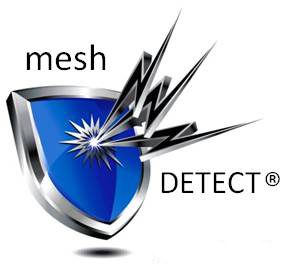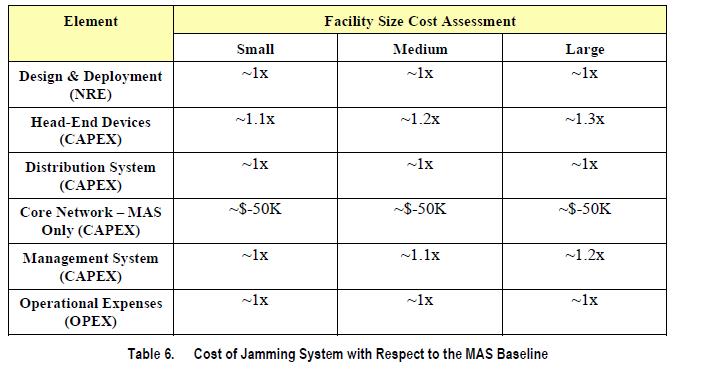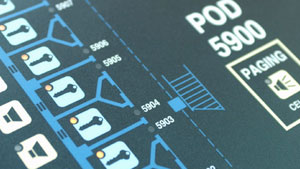 T-Mobile recently submitted to the FCC a study comparing Managed Access Systems (“MAS”) and precision jamming systems (micro-jamming) as potential solutions to prevent contraband phone use in correctional facilities. This study was submitted to Docket 13-111, Promoting Technological Solutions to Combat Contraband Wireless Device Use in Correctional Facilities.
T-Mobile recently submitted to the FCC a study comparing Managed Access Systems (“MAS”) and precision jamming systems (micro-jamming) as potential solutions to prevent contraband phone use in correctional facilities. This study was submitted to Docket 13-111, Promoting Technological Solutions to Combat Contraband Wireless Device Use in Correctional Facilities.
The study provides an overview of MAS and micro-jamming solutions examining both technical and cost considerations. The paper finds that the cost to deploy and operate the two solutions is roughly equivalent, with the cost for a MAS being less than a jammer solution in larger prisons and the jammer solution being slightly less than an MAS solution for smaller prisons.
However, the study also details a number of detrimental impacts of a jammer solution compared to an MAS solution, such as blocking legitimate use of wireless devices, including use for E911 and FirstNet, jamming other important uses, including GPS, Bluetooth and Wi-Fi, and creating a significant potential for interference with use of wireless devices by the general public in surrounding areas.
Based on the findings of the study, any cost/benefit analysis would necessarily have to conclude that a jamming solution is not an appropriate approach to combating contraband devices in prisons given the availability of comparably priced, effective solutions that do not include the negative societal impacts associated with jammers.
It also highlights that, although both solutions prevent the use of contraband devices within correctional facilities, MAS allows officials to permit the operation of authorized devices within correctional facilities, whereas jamming solutions prevent the operation of all devices for all purposes, regardless of legitimacy. Furthermore, the report identifies additional operational benefits available for MAS, e.g, data collection, that are not available with a jamming deployment.
Regarding cost, the study finds that in a large facility, precision jamming is expected to be costlier than a MAS due to higher system management and monitoring costs, as well as higher R.F. jamming head-end costs. In a medium facility, the precision jamming system’s higher management and head-end costs are expected to be partially offset by the MAS core network costs. In a small facility, the additional cost of the MAS core network may make it slightly more costly. The following from the report summarizes these findings:
Of particular public interest is the potential impact of micro-jamming on the ongoing deployment of FirstNet nationwide. First Responder communications may be carried on commercial cellular bands. Since a jammer does not discriminate between cellular users, first responders attempting to communicate on the affected cellular frequency bands will be blocked. This would be a problem for first responder communications within the correctional facility, as well as outside of the facility if the jammer degrades local commercial wireless networks that also carry First Responder communications.
- Multi-Blockchain System for Inmate Forensics - April 2, 2024
- Blockchain to Secure Attorney-Inmate Privacy for Prison Calls - June 28, 2023
- meshDETECT® Announces Grant of Ninth Patent For Blockchain Wireless Services - August 26, 2022





